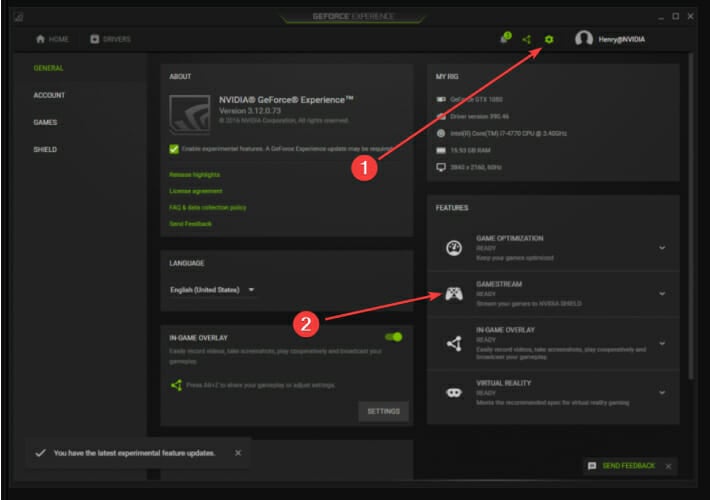


High-end video cards narrow a budget card’s features. So you know, having a dedicated video card does ease the job, while reducing some of your CPU load.

When you record a screen in the same PC, it uses your CPU power to capture screenshots/images and stores them temporarily in your RAM, which later gets processed and stored as a video file in your hard disk/SSD.Īlso read: How to Optimize Low-end PC for Gaming?Īlso read: Boost Gaming Performance with V-Sync and FPS Limiter When you use a GPU, your display output is handled by the GPU, for which you directly connect HDMI/VGA cable to the card, instead of PC. Other than gaming, a GPU can be used for various works, such as video editing, video capturing, and more. Trouble shooting: I don’t think it matters, but we also turned on Desktop recording in the Nvidia Experience App, hidden within the recording menus settings, with a simple on/off switch.For most people out there, it’s really confusing, if a dedicated GPU (Graphics Processing Unit) actually helps in screen recording or not? A GPU is a dedicated video card/chip, which fits in the PCIe slot.

For our animation studio however we wanted to record in 4K on a HD monitor to increase the resolution of our current Mixed Reality Filming techniques. Perfect for recording games for Youtube Videos, software tutorials. Voila… successfully recording 4K screen captures on a HD monitor. – Set the recording resolution to 3840 x 2160 … and make sure it isn’t downscaling to a HD file.


 0 kommentar(er)
0 kommentar(er)
